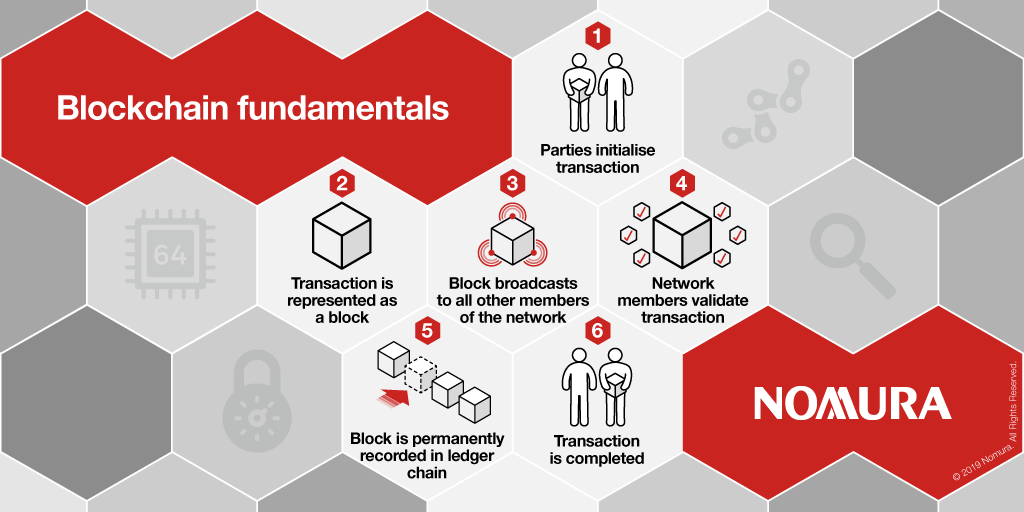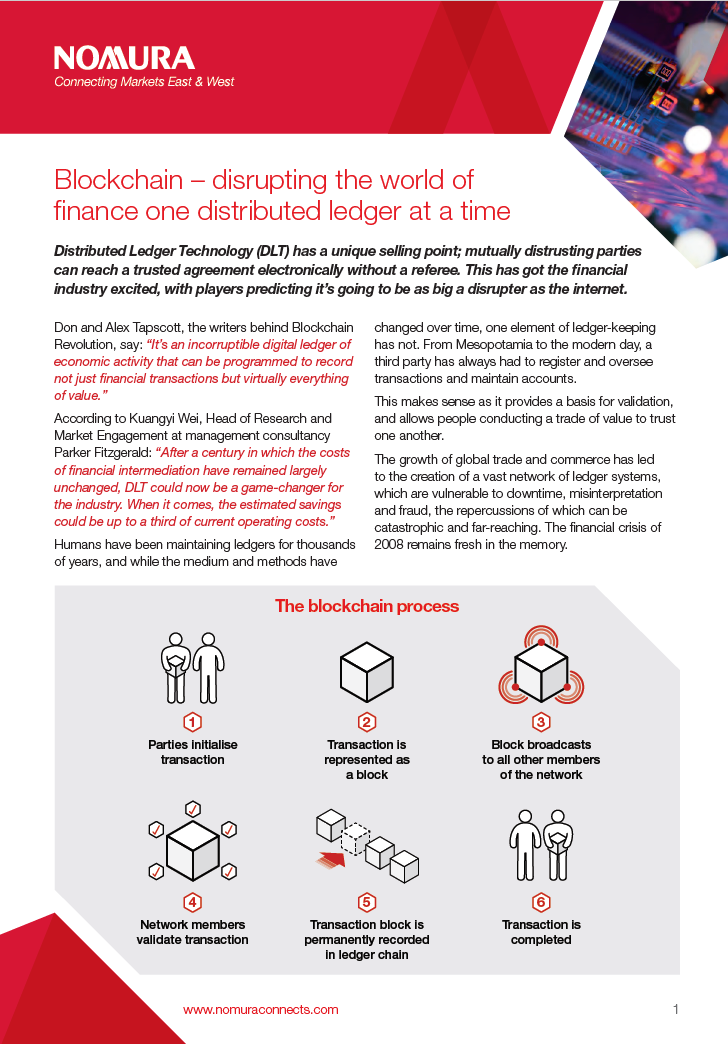Distributed Ledger Technology (DLT) has a unique selling point; mutually distrusting parties can reach a trusted agreement electronically without a referee. This has got the financial industry excited, with players predicting it’s going to be as big a disrupter as the internet.
Don and Alex Tapscott, the writers behind Blockchain Revolution, say:
And according to Kuangyi Wei, Head of Research and Market Engagement at management consultancy Parker Fitzgerald:
Humans have been maintaining ledgers for thousands of years, and while the medium and methods have changed over time, one element of ledger-keeping has not. From Mesopotamia to the modern-day, a third party has always had to register and oversee transactions and maintain accounts.
This makes sense as it provides a basis for validation, and allows people conducting a trade of value to trust one another.
The growth of global trade and commerce has led to the creation of a vast network of ledger systems, which are vulnerable to downtime, misinterpretation, and fraud, the repercussions of which can be catastrophic and far-reaching. The financial crisis of 2008 remains fresh in the memory.
DLT, of which Bitcoin is one iteration, is the first form of ledger to eliminate the need for a third party. It makes it possible for a ledger to be distributed among all those using it, putting the responsibility to maintain and validate it in the hands of those using it. The result is a decentralised system of data registry where transactions are instant, transparent, reliable and incorruptible.
This article was produced in collaboration with












